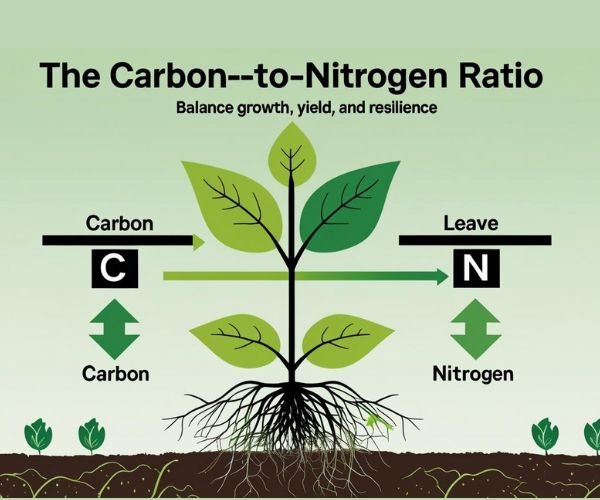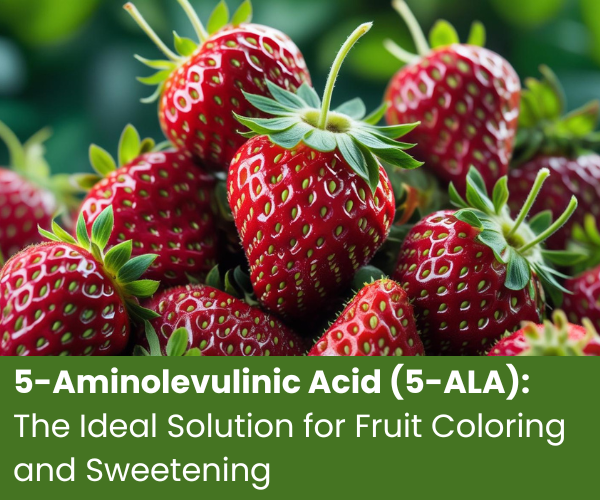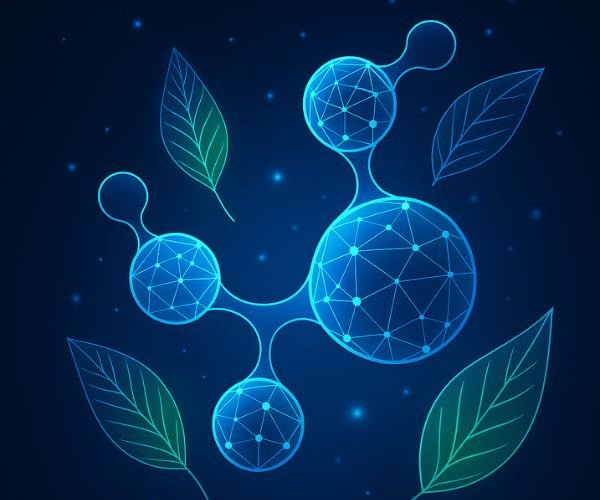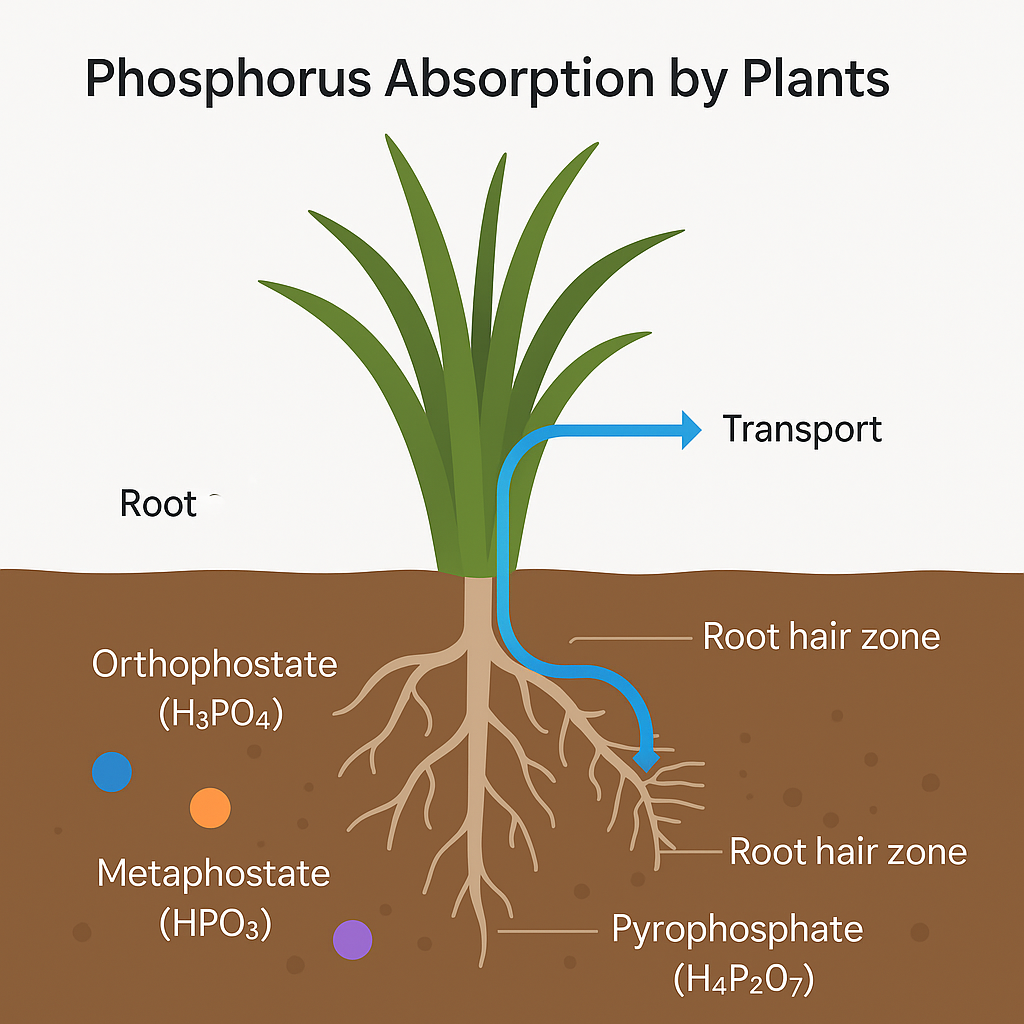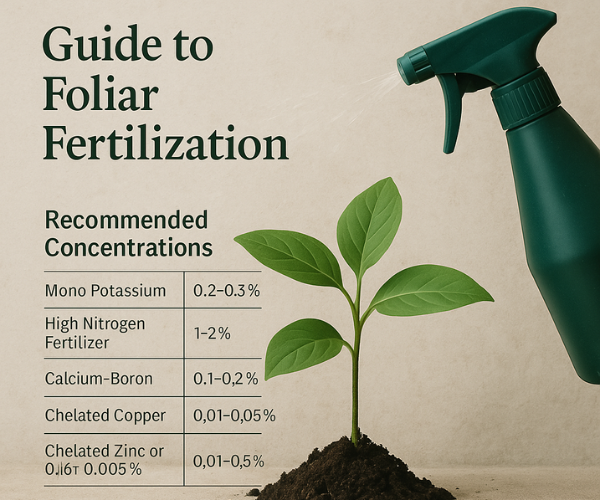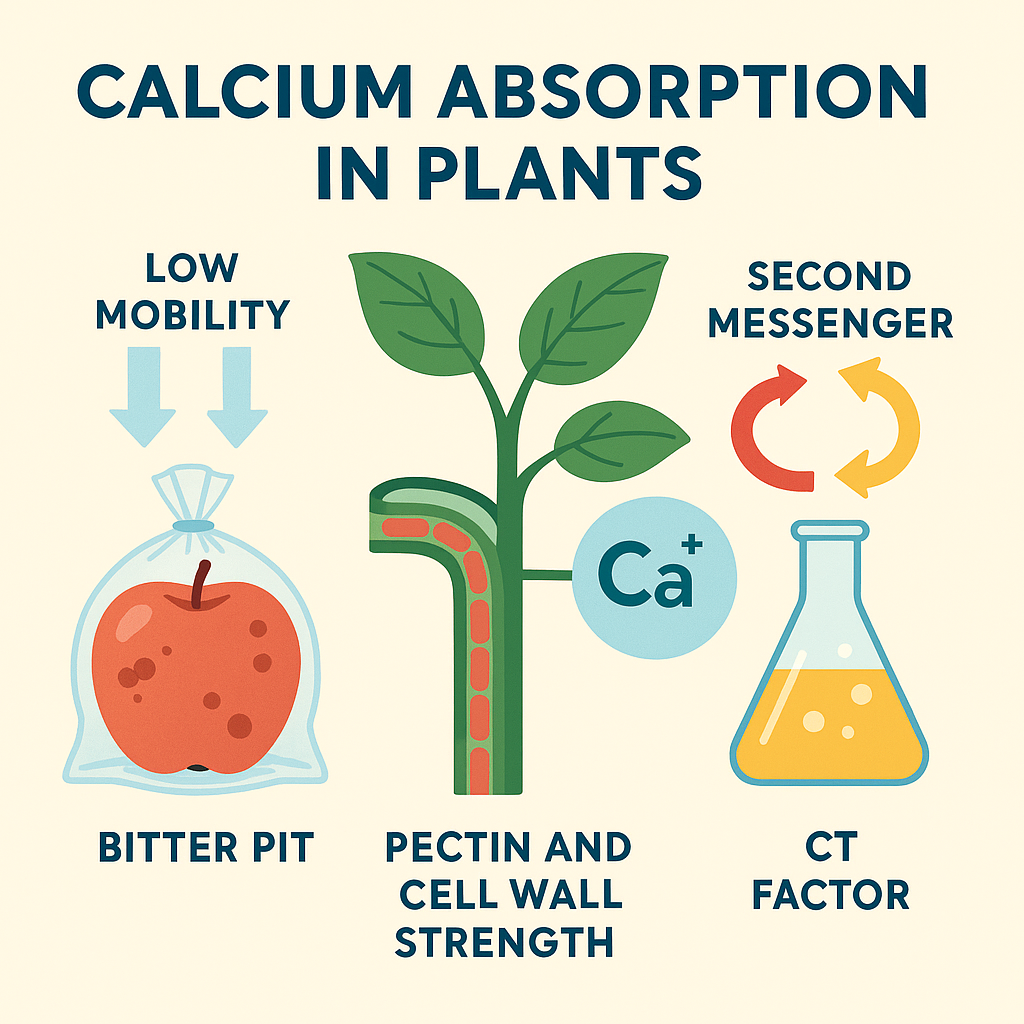The Carbon-to-Nitrogen Ratio: A Key Factor in Plant Health and Yield
Have you ever wondered why your tomatoes turn yellow despite sufficient fertilization? Or why your rice grows vigorously in early stages but suddenly lodges before harvest? Behind these common problems often lies one critical factor: the Carbon-to-Nitrogen Ratio (C/N Ratio). Though it seems like just a number, this ratio functions as a nutritional balance scale …
The Carbon-to-Nitrogen Ratio: A Key Factor in Plant Health and Yield Read More »

